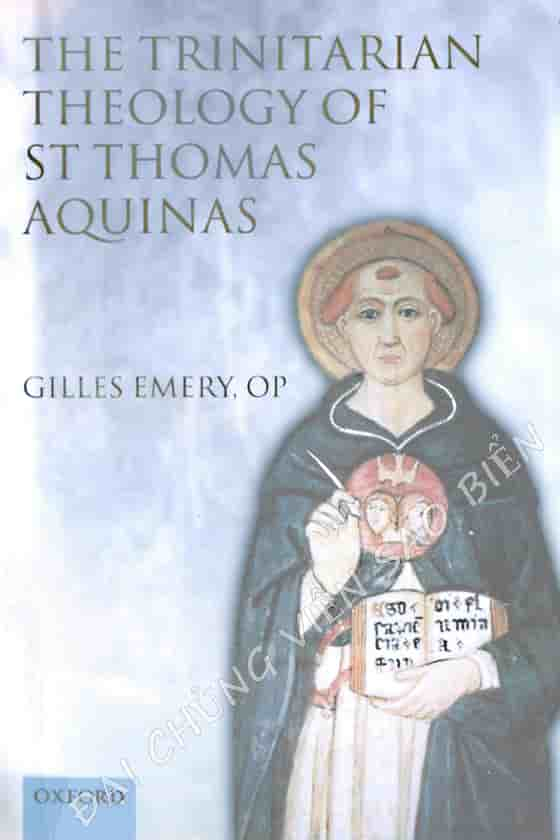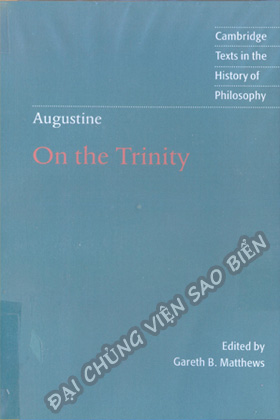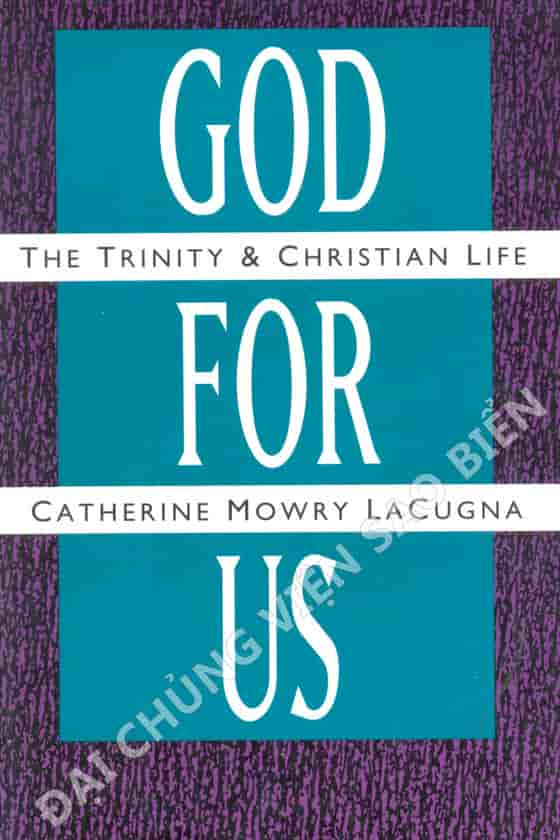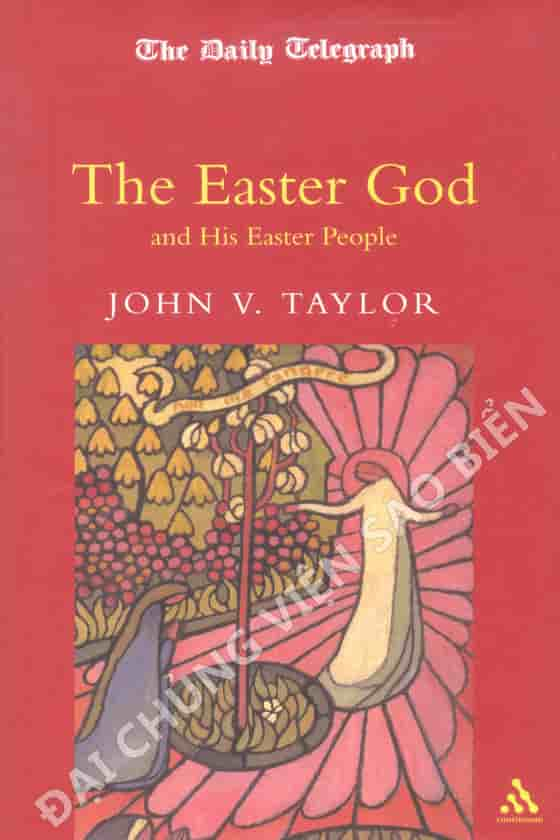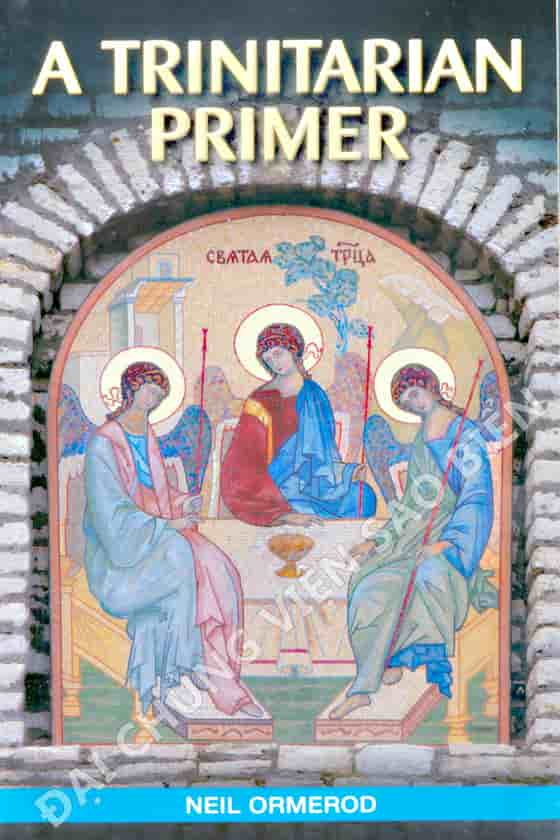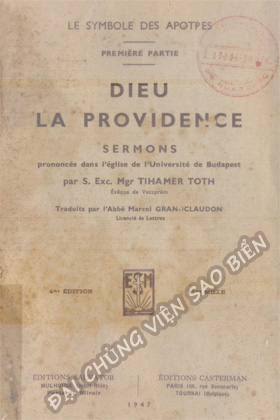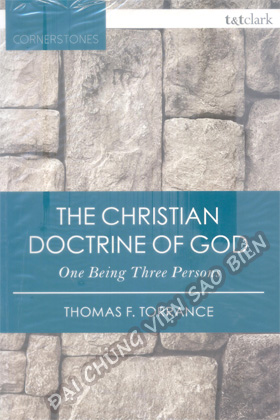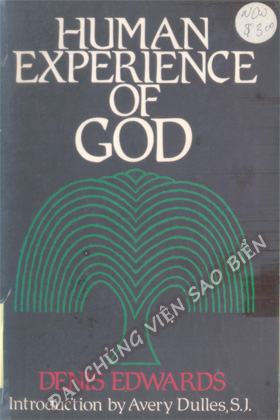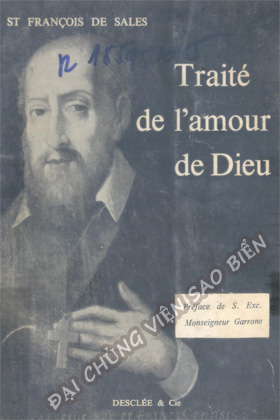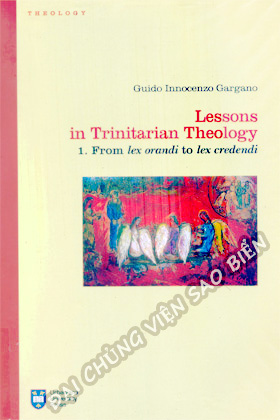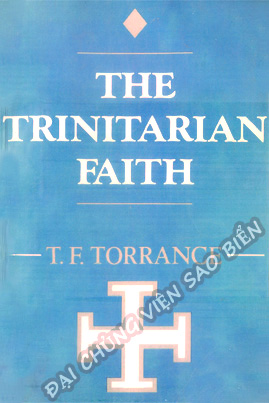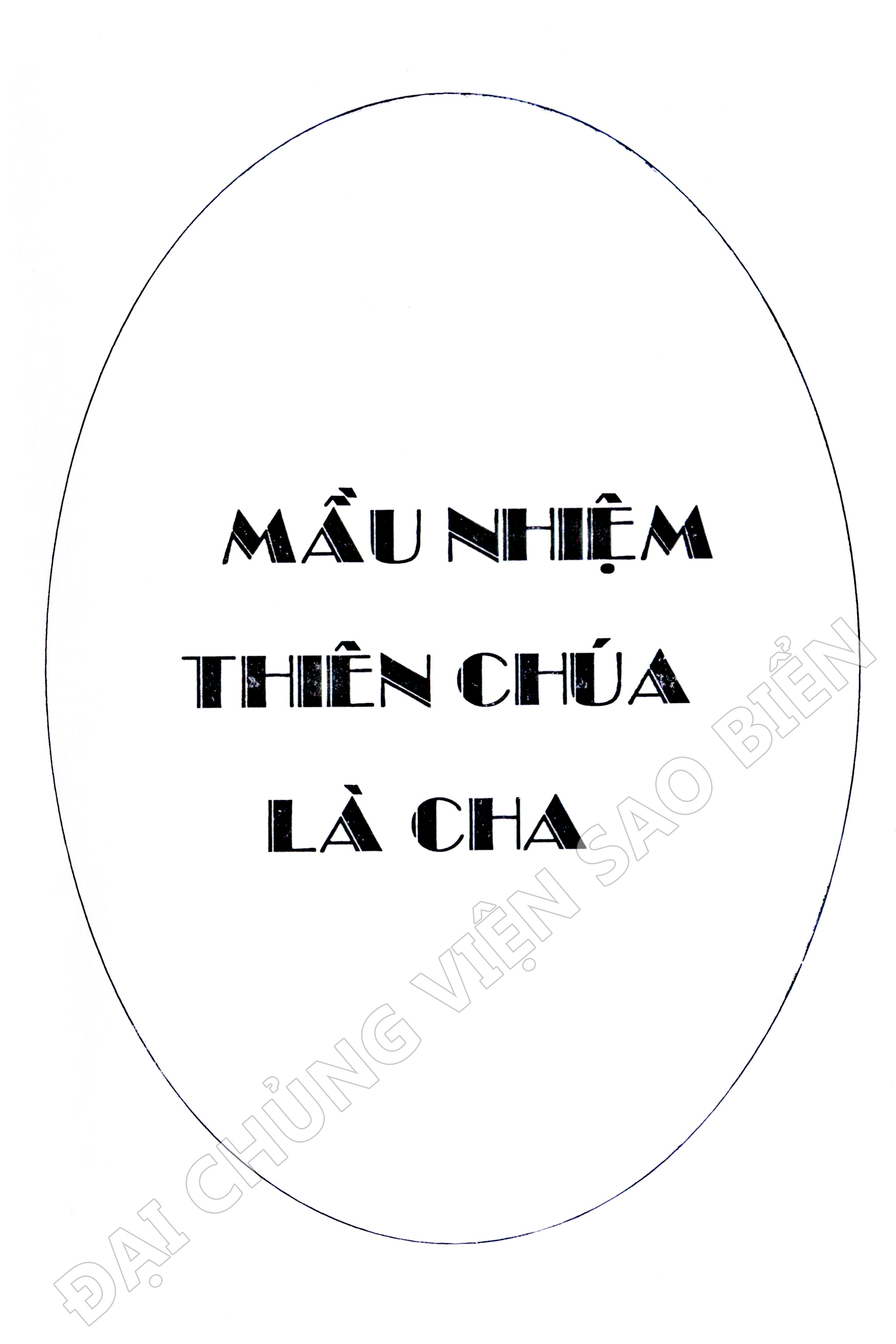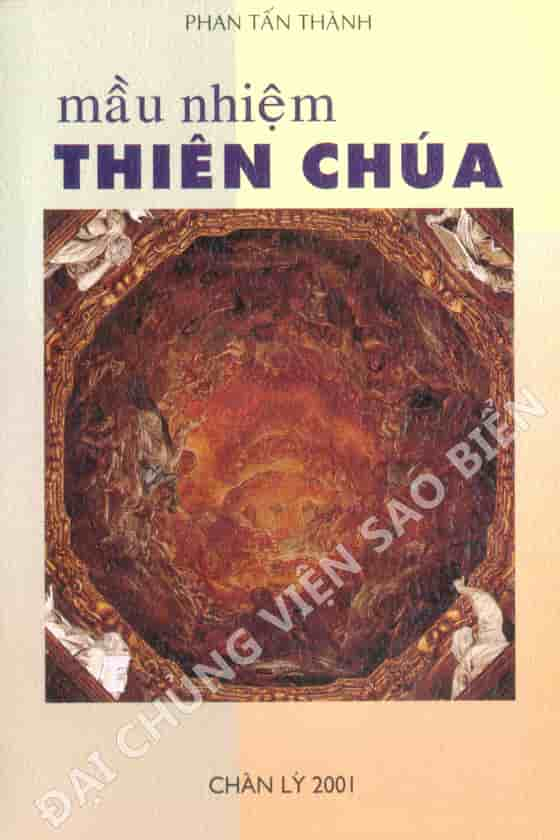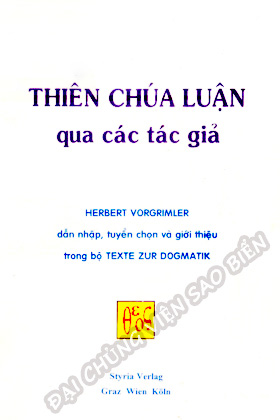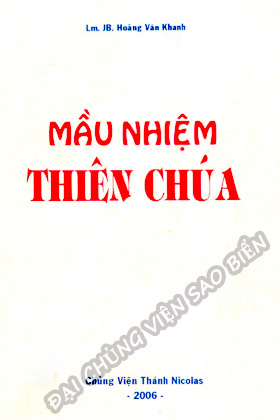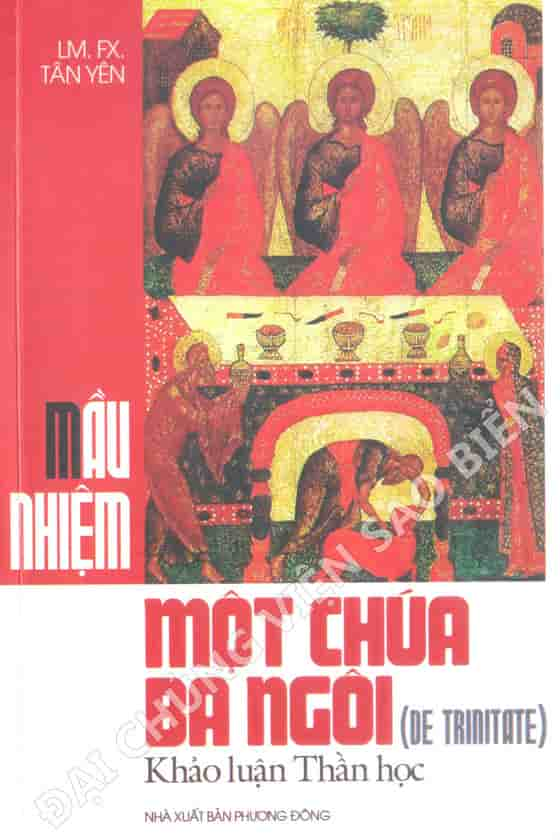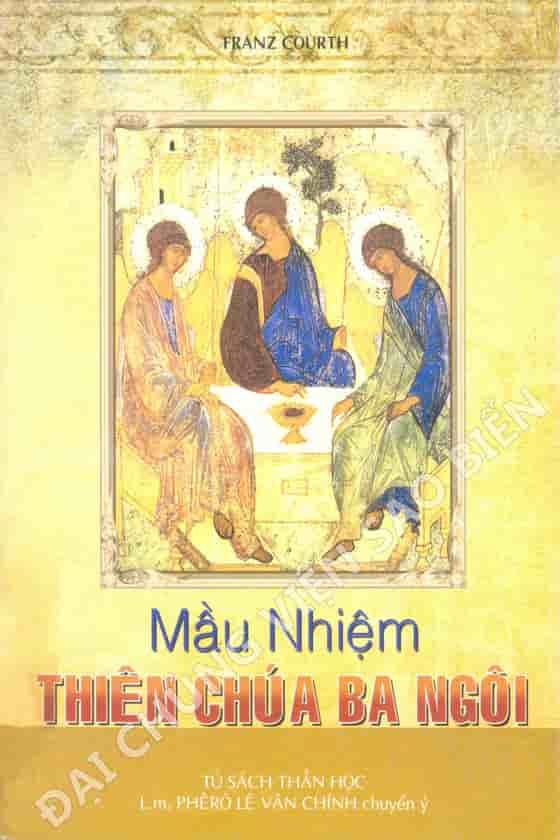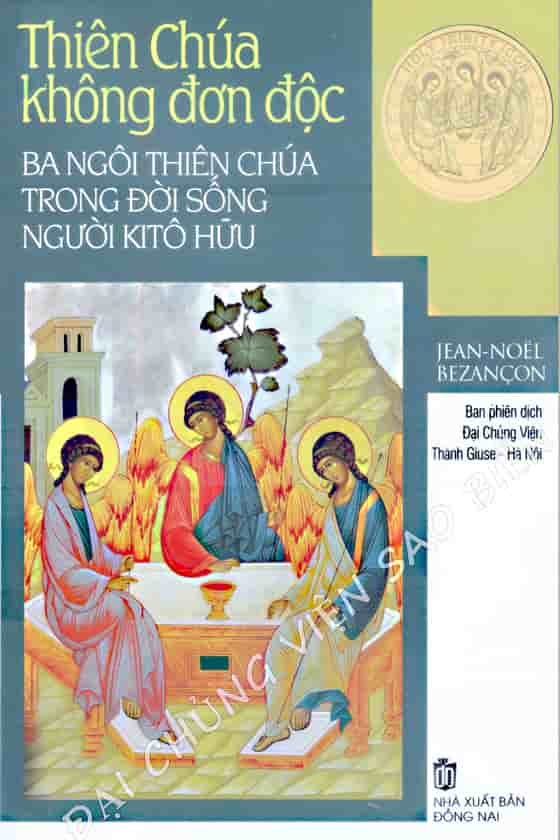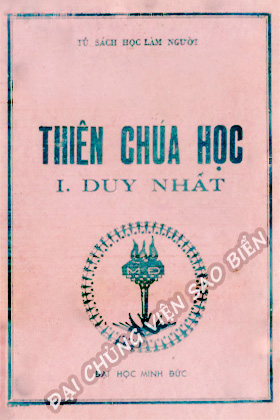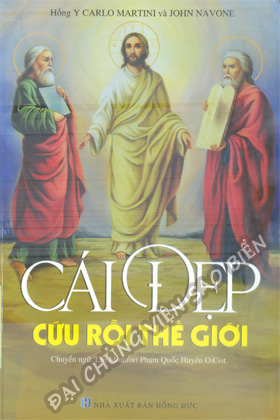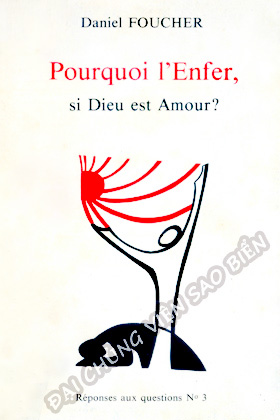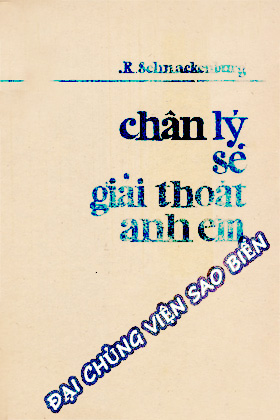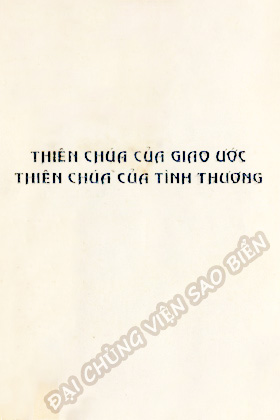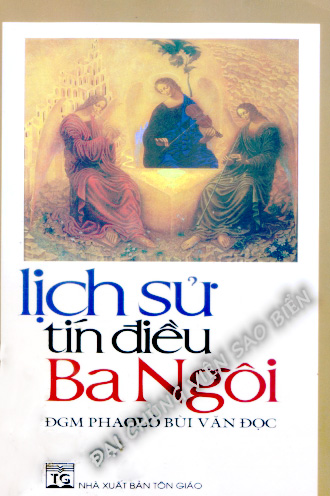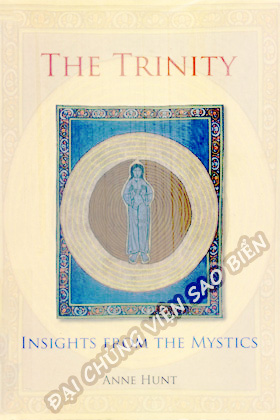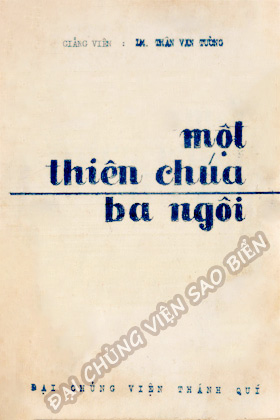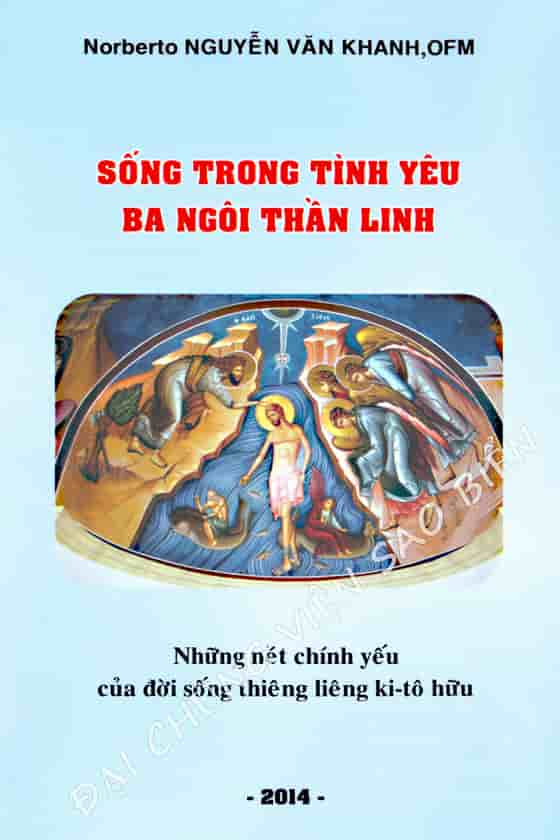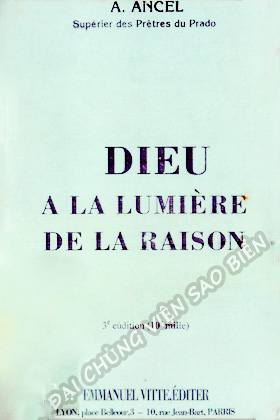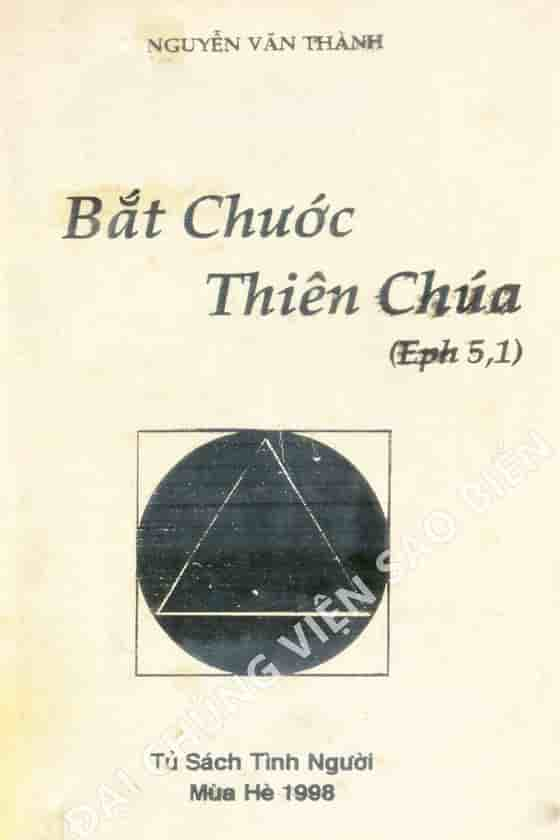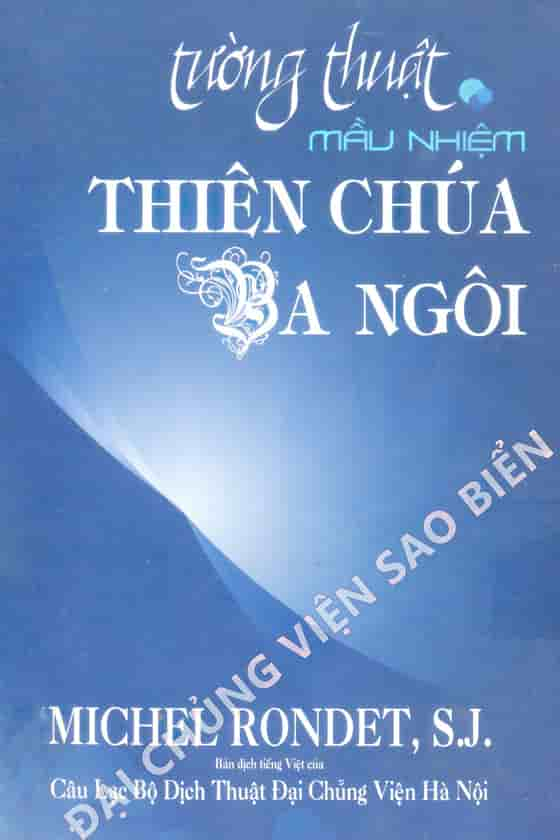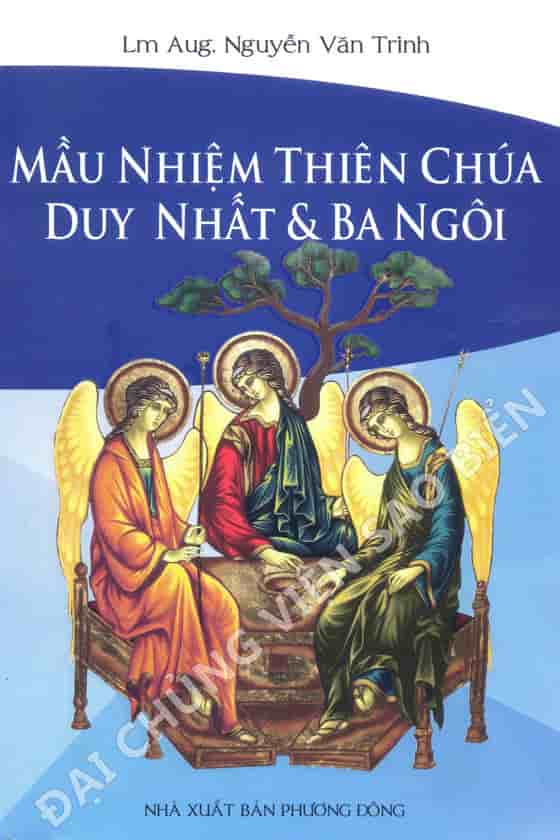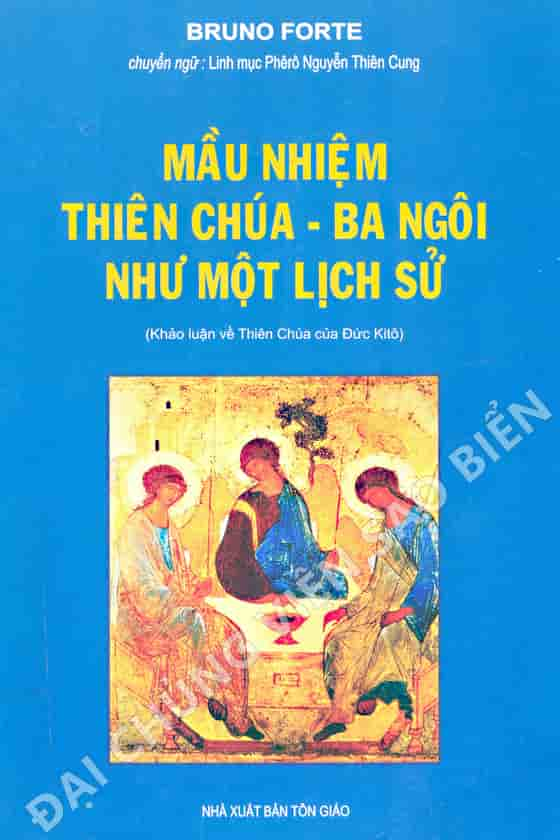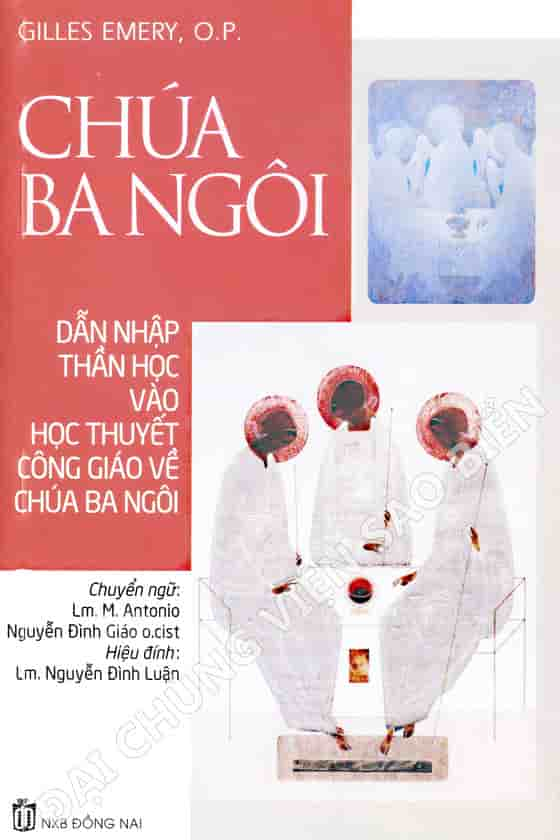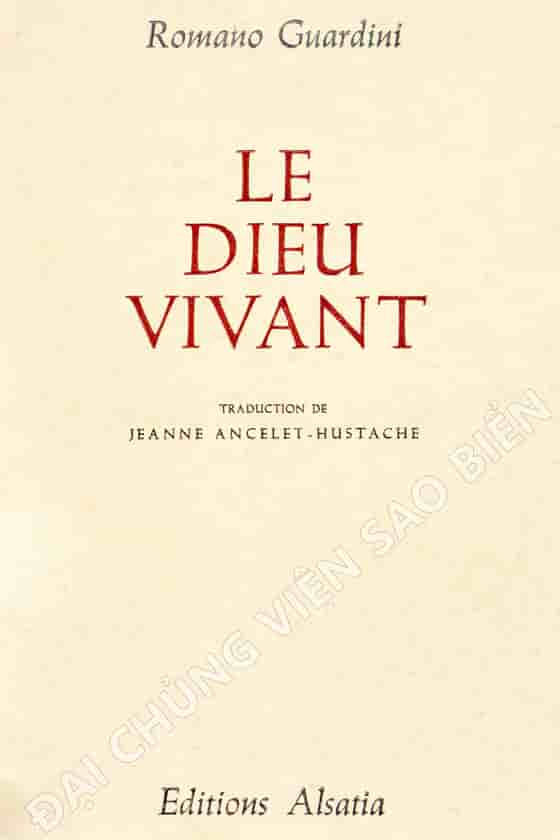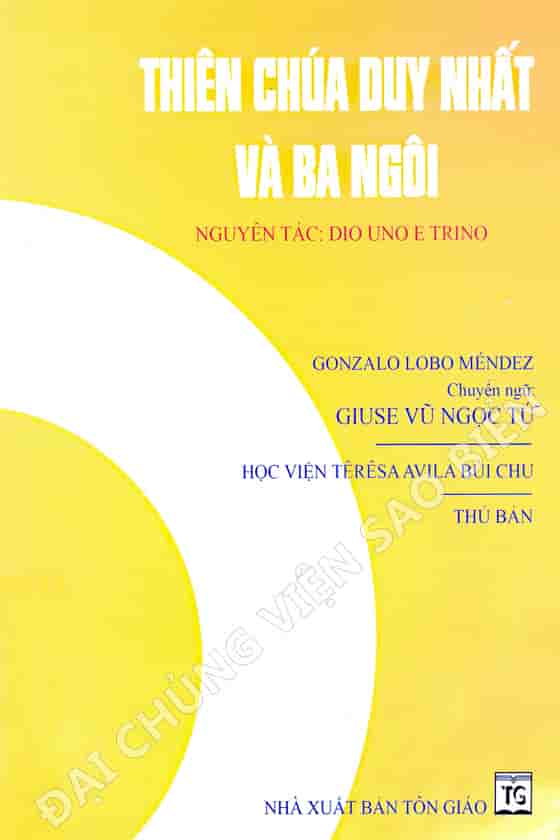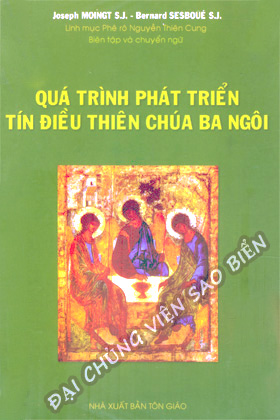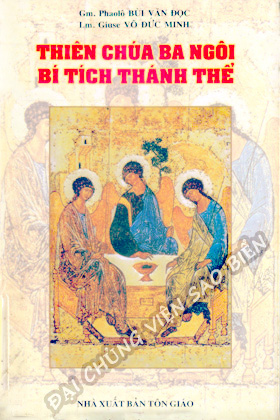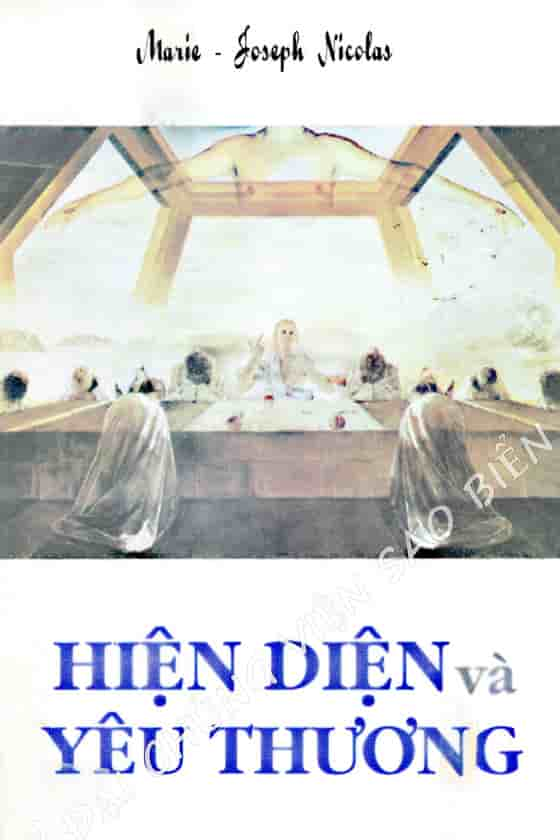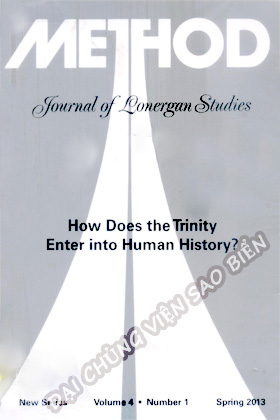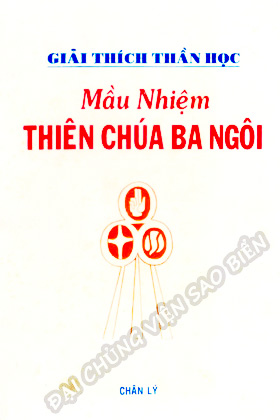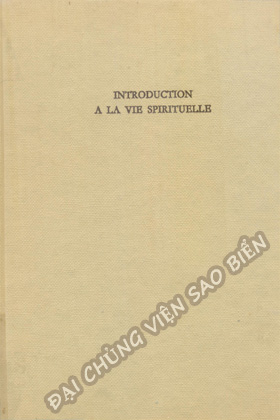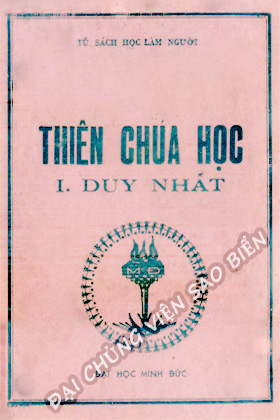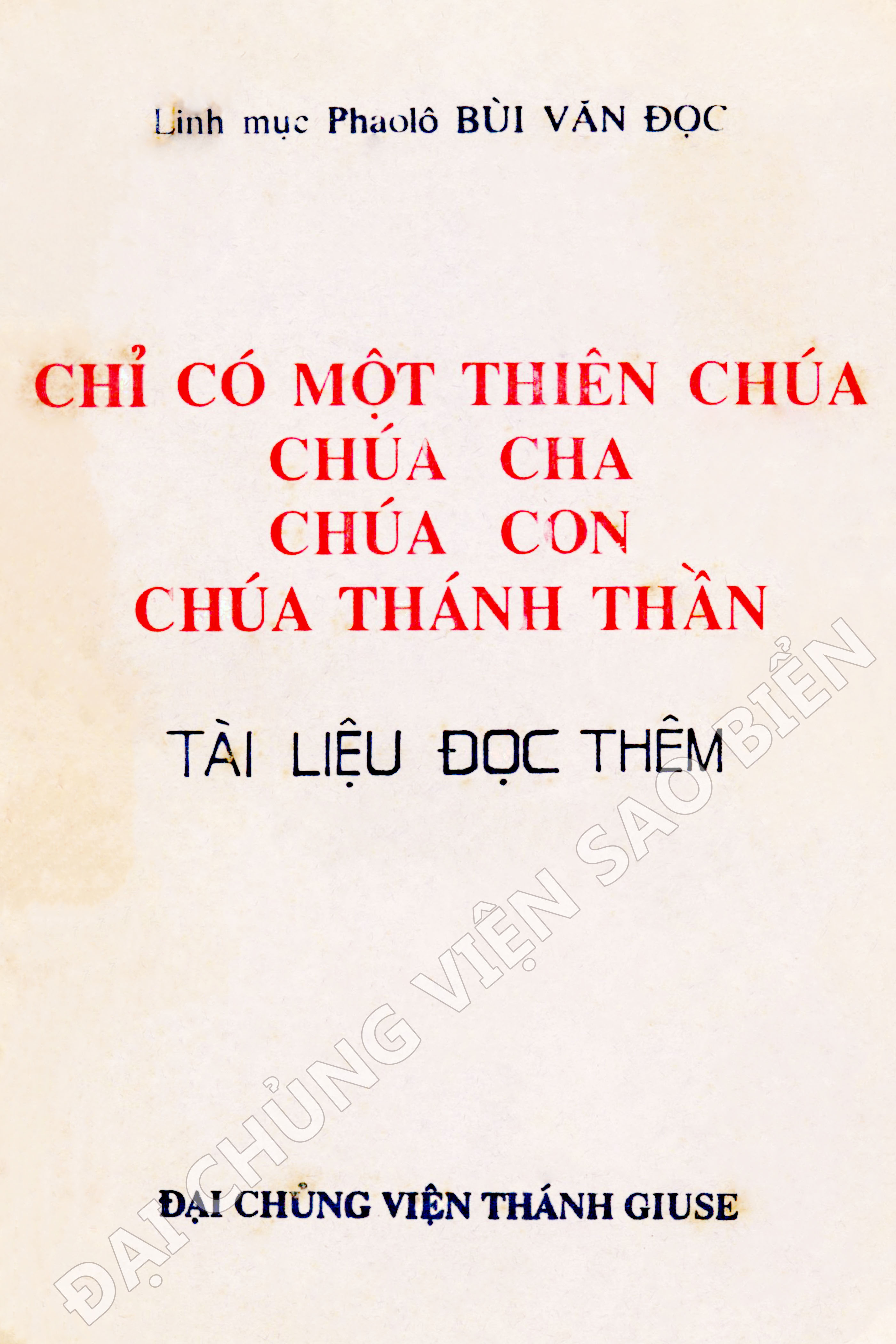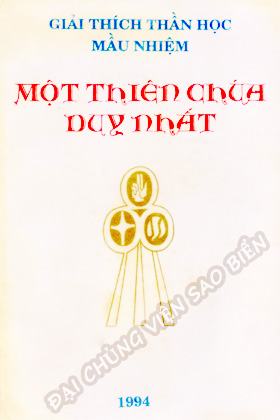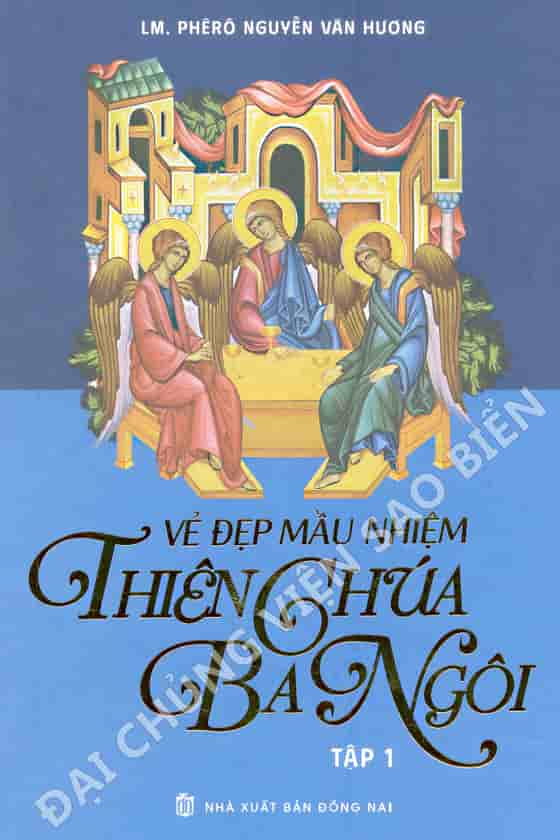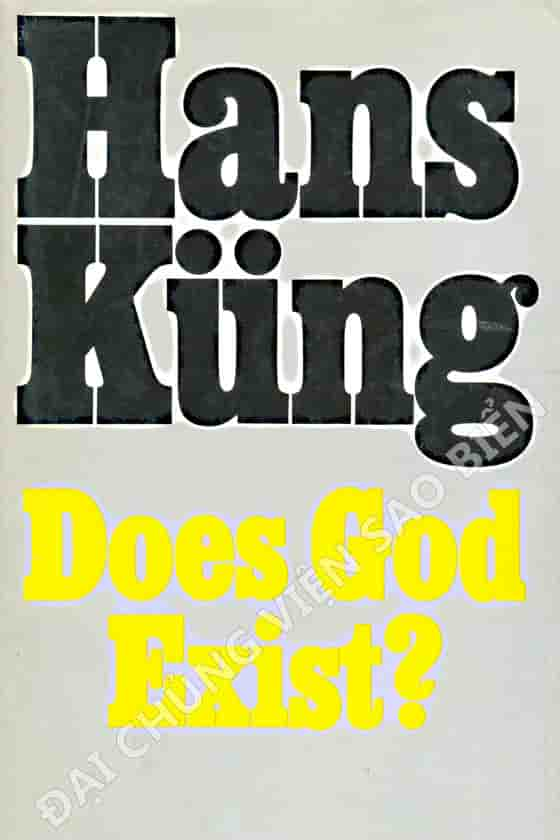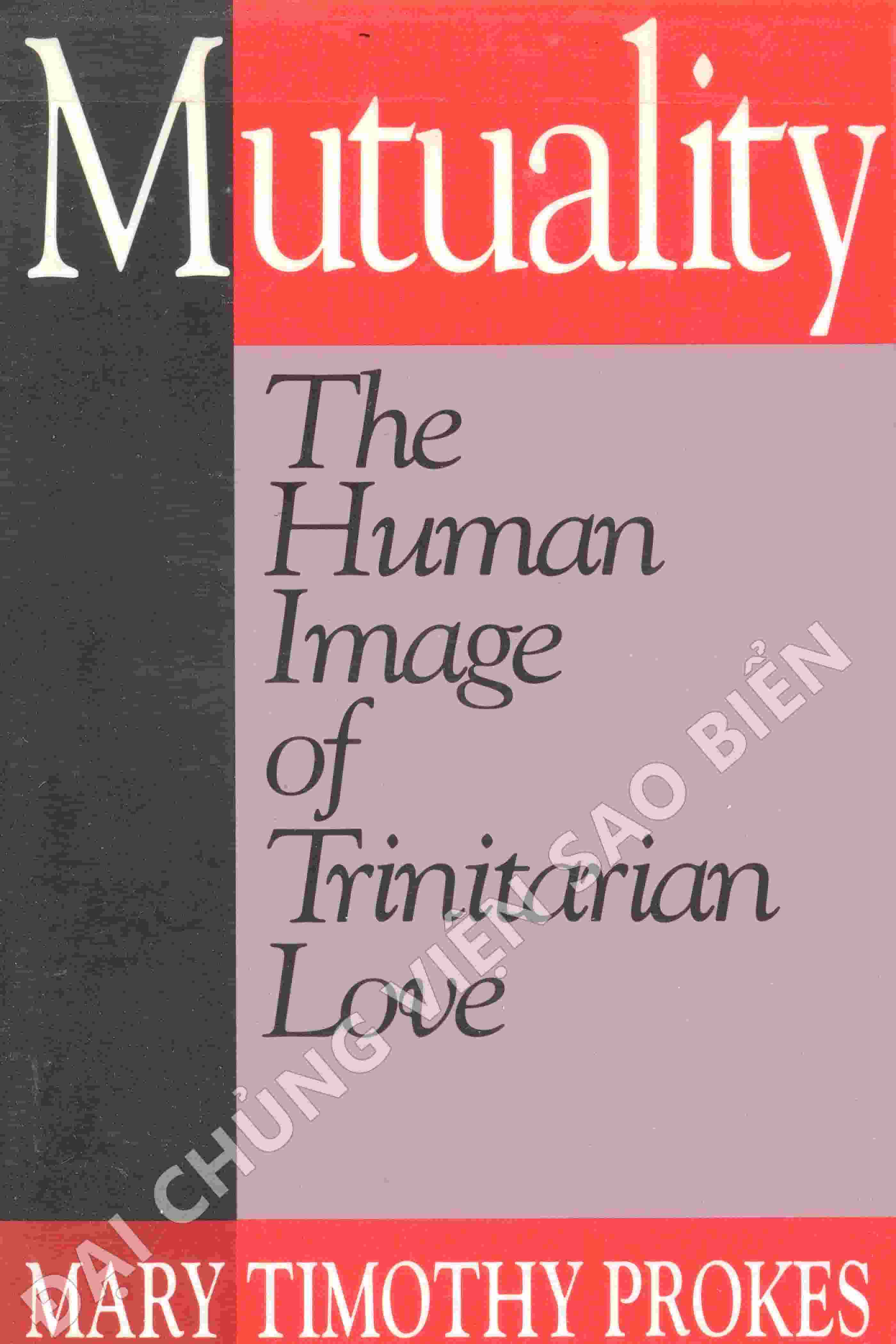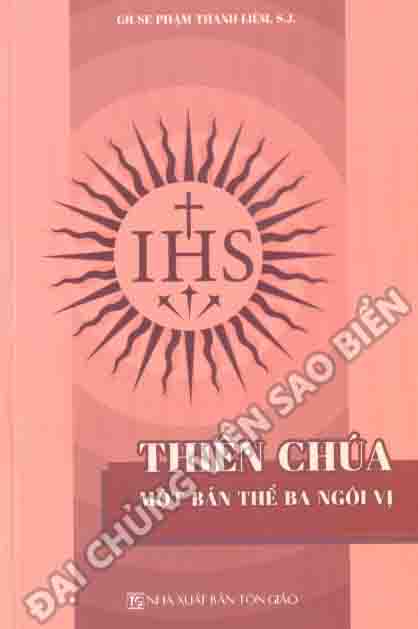| Abbreviations |
xi |
| Inttoduction |
1 |
| 1. The Revelation of tile Trinity |
7 |
| 1. Revelation, Creation, and Salvation |
7 |
| 2. The Revelation of the Trinity through its Works |
9 |
| 2. Thomas’ Exposition of Speculative Trinitarian Theology |
18 |
| 1. Biblical Exegesis and Trinitarian Theology |
18 |
| 2. The Aim of Speculative Trinitarian Theology |
22 |
| (a) The Prerogatives of the Faith |
22 |
| (b) The Rejection of Rationalism |
23 |
| (c) Understanding the Faith |
26 |
| (d) Why Investigate Notions, Relations, and Properties? |
31 |
| 3. The Structure of Thomas’ Treatise on the Triune God |
36 |
| 1. St Thomas: Various Accounts of the Mystery of the Trinity |
36 |
| 2. The Plan of the Trinitarian Treatise in the Sumina Theologiae |
39 |
| (a) Immanent and Economic Trinity |
40 |
| (b) The Essence and the Distinction of Persons: |
|
| the Common and the ‘Proper’ |
44 |
| (c) The Game Plan of the Treatise on the Trinity |
48 |
| 4. The Processions |
51 |
| 1. The Word ‘Procession’ |
52 |
| 2. Action, the Source of Relation |
53 |
| 3. The Problems of Arianism and of Sabellianism |
55 |
| 4. A Procession which is the Generation of the Word |
57 |
| 5. A Different Procession, which is that of Love |
62 |
| 6. The Order of the Trinitarian Processions |
69 |
| 7. The Cycle of the Trinitarian Processions |
72 |
| 8. ‘Notional’ Action |
74 |
| 5. Relations |
78 |
| 1. Elements of the Patristic Teaching on Relation |
79 |
| 2. Real Relations in God |
84 |
| 3. The Being of Divine Relations |
89 |
| 4. Relative Opposition: Paternity, Filiation, Spiration, |
|
| and Procession |
96 |
| (a) Relative Opposition |
96 |
| (b) Paternity, Filiation, Spiration, Procession |
99 |
| 6. The Person |
103 |
| 1. What is a Person? |
104 |
| 2. Person and Analogy |
107 |
| 3. Correlations in the Greek and Latin Terminology |
111 |
| 4. Subsistent Relations |
114 |
| 5. Relation the Heart of Trinitarian Theology |
120 |
| 7. Trinitarian Monotheism |
128 |
| 1. Personal Plurality in the Triune God |
128 |
| 2. The Theological Terminology of Plurality |
132 |
| 3. A Transcendental Multiplicity |
137 |
| 4. The Consubstantiality of the Persons |
141 |
| 5. Person and Essence: A Problem Raised by Joachim of Fiore |
145 |
| 6. The Word God |
148 |
| 8. The Person of the Father |
151 |
| 1. The Name Which Fits Best: Father |
153 |
| 2. The Father: Principle and Source |
156 |
| 3. The Paternity of the Father: Father of the Son and Father of his |
|
| Creatures |
160 |
| (a) The Analogous Network of the Name ‘Father’ |
160 |
| (b) The Name ‘Father’: the Person of the Father and the Trinity |
163 |
| 4. Unbegottenness: The Unengendered Father |
168 |
| 5. From Father to Father |
172 |
| 9. The Person of the Son |
176 |
| 1. Studying the Personal Property of the Son |
176 |
| 2. Studies in the Analogy of the Word: Anthropology and |
|
| Trinitarian Theology |
180 |
| 3. The Son, Word of God |
185 |
| 4. The Word, Wisdom, and Splendour of the Father |
192 |
| 5. The Word, Creation, and the Economy: the Father Acts |
|
| through his Son |
195 |
| 6. The Word Discloses and Reveals the Father |
201 |
| 7. The Son Gives Us a Share in his Sonship |
204 |
| 8. The Word, Image of the Father |
209 |
| 9. Image of the Father, First-Born of Creation |
214 |
